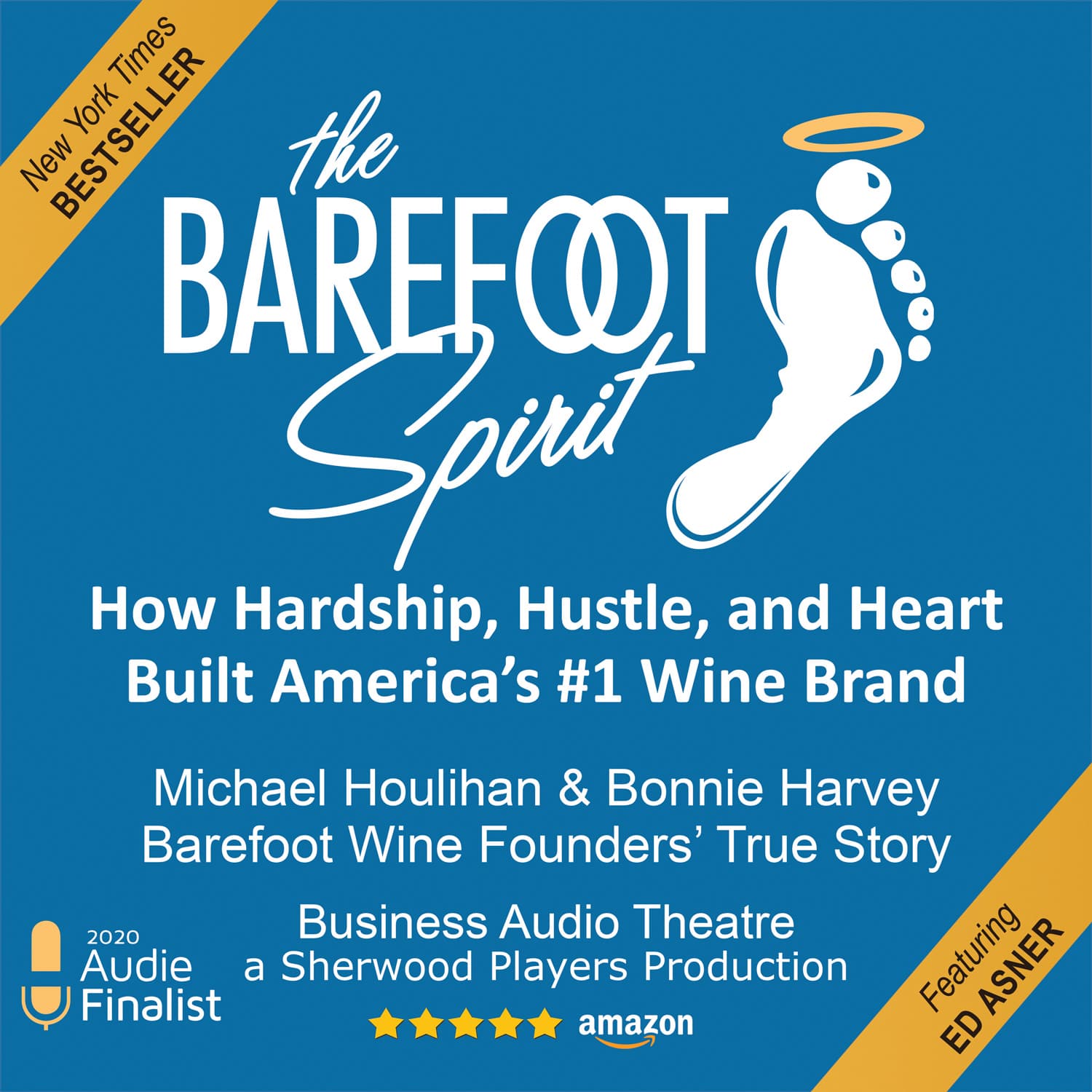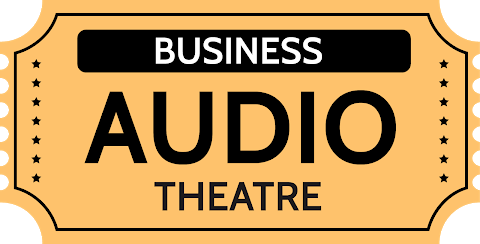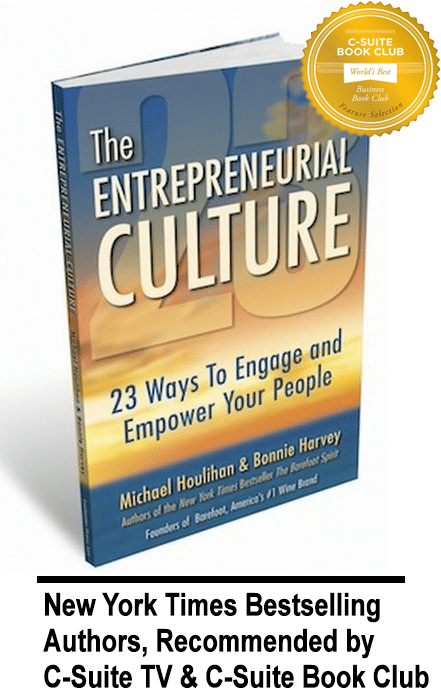
So in this email-inundated world, how do you write effective emails that will get opened and read? We’re not talking marketing emails here. There’s too many books and courses on that stuff. We wish they’d stop! But how do you write an effective piece of business correspondence that will get through the noise, distraction, and confusion in your addressees’ box?
We’ve been using email since the “You’ve got mail!” days. Here’s what we’ve learned:
1. Protect Your Subjects
Choose a subject that is easy for you and your addressees to spot in the email crowd. Make it pertinent to the topic. And please, no more than three words long. If the sender has tagged on to another email to start a whole different conversation, change it to a subject that has to do with the new conversation. If, for some reason, the subject gets changed, change it back. You and your addressee will appreciate the consistency.
2. String Along
Sometime your addressee will send email from another mail box beside their last one. This can change the sender’s name and the subject. But more importantly, this can interrupt the string of previous emails to and from them on the subject. When this happens, go back and find the string from them on their previous email address, and cut and paste it to your response. That way you both will have a handy and continuing record of the conversation.
3. Whose Watching?
Probably the biggest mistake we’ve all made at least once is to “reply all” when it was not our intention. Be sure to check out who was copied before you hit that button. A new person could have been added or an important person could have been dropped by the other party. This is especially true when dealing with big organizations. They are trained to look, drop, and add CCs depending on who they want to be aware. Sometimes dropping their boss takes the pressure off them to perform.
4. Pick Up the Phone!
When there’s a misunderstanding or a disagreement on the facts or the meaning, pick up the phone and work it out verbally. You’d be surprised at how much can be accomplished with a friendly and personal call, rather than a cold and contentious email. Absolutely no fighting by email! It’s time consuming, emotionally draining, and both sides feel obligated to make the last point because they know there is a record. Most of these “spats” can be defused in less than five minutes on the phone.
5. Body of Evidence
Speaking of records, email is a memorialization of everything that was said. Unless you want it to come back on you later, keep it off the email and on the phone, or, better yet in person. But, for the same reason, email is an excellent way of documenting what was said or agreed upon. We like to have a conversation in person, at a meeting, or on the phone, and then immediately summarize the salient points, consensus, or action items in a memo that says, “This is our understanding of what we’ve agree to. If you have any additions, corrections, or comments, please respond by tomorrow at 5PM or we will assume that this is our understanding.”
6. Just the One Thing
‘Ever notice how when you send someone an email with three or more things to do, only the last one gets done or responded to? People only remember the freeway on ramp, and the freeway off ramp. Everything else is a blur. So keep it simple. Just ask for one thing on one email. If you have two or three requests, use a separate email for each, or, better yet, send a new one when they have completed the first request. Keep it all on the same string.
7. Keep it Friendly
Say something nice about them in the first line and in the PS. Sandwich your message in between. Break up your message, no more than two or three sentences per paragraph. If they can see the end of it they will be more likely to read it. Be sure to invite a call if there is any clarification needed. Be sure to thank them for their last response or completion. If their boss is on the CCs, be sure to say how effective they are (even if they’re not). They will be much more likely to live up to any accolades that make them look good in front of their boss. When you’ve completed your business with them, be sure the thank them publicly and make sure their boss is copied. They will be looking forward to working with you again!
We could go on and on with email etiquette and best practices, but these are the rules that will make your emails “Rule!”
Who We Are

Michael Houlihan and Bonnie Harvey co-authored the New York Times bestselling business book, The Barefoot Spirit: How Hardship, Hustle, and Heart Built America’s #1 Wine Brand. The book has been selected as recommended reading in the CEO Library for CEO Forum, the C-Suite Book Club, and numerous university classes on business and entrepreneurship. It chronicles their humble beginnings from the laundry room of a rented Sonoma County farmhouse to the board room of E&J Gallo, who ultimately acquired their brand and engaged them as brand consultants. Barefoot is now the world’s largest wine brand.
Beginning with virtually no money and no wine industry experience, they employed innovative ideas to overcome obstacles, create new markets and forge strategic alliances. They pioneered Worthy Cause Marketing and performance-based compensation. They built an internationally bestselling brand and received their industry’s “Hot Brand” award for several consecutive years.
They offer their Guiding Principles for Success (GPS) to help entrepreneurs become successful. Their book, The Entrepreneurial Culture: 23 Ways To Engage and Empower Your People, helps corporations maximize the value of their human resources.
Currently they travel the world leading workshops, trainings, & keynoting at business schools, corporations, conferences. They are regular media guests and contributors to international publications and professional journals. They are C-Suite Network Advisors & Contributing Editors. Visit their popular brand building site at www.consumerbrandbuilders.com.
To make inquiries for keynote speaking, trainings or consulting, please contact sales@thebarefootspirit.com.






